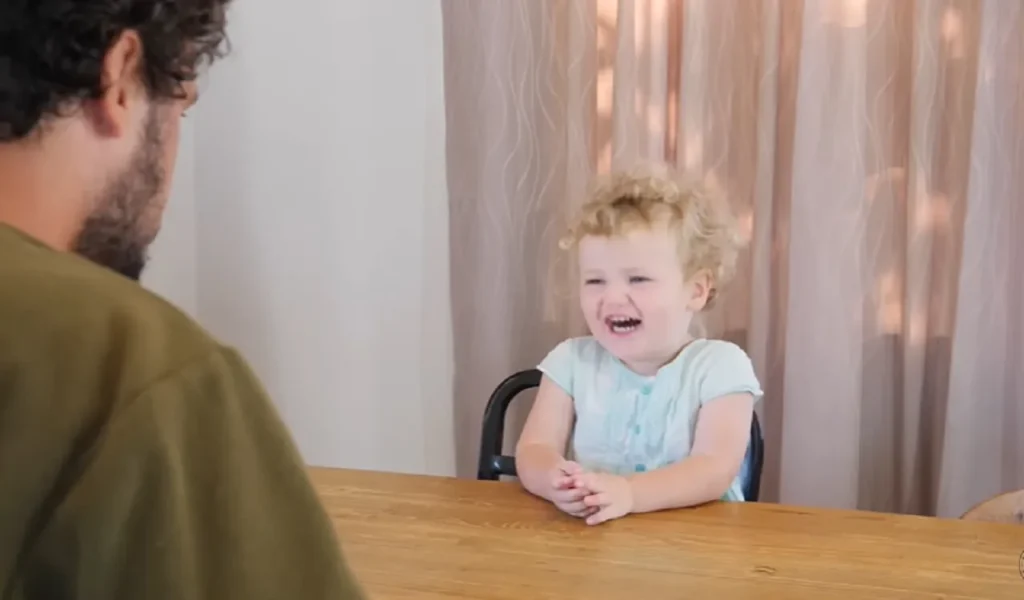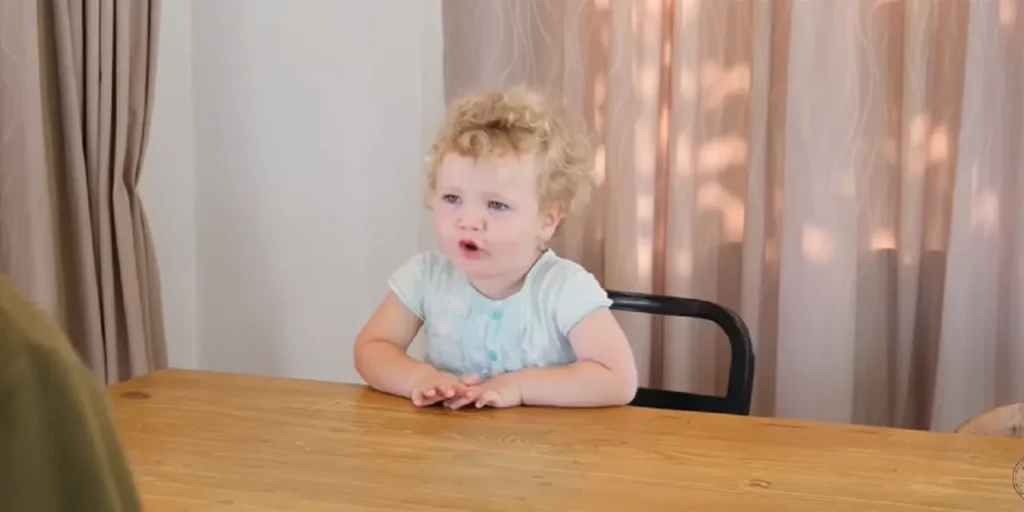Music is one of the purest joys we can share with children. Singing with your child doesn’t just help develop their musical skills, it also fosters an emotional connection that goes far beyond the notes. Whether you’re a professional musician or someone who simply enjoys belting out a tune in the shower, sharing that passion with your toddler creates lasting memories. This joy is especially palpable when it comes to the bond between a father and daughter. Teaching a child to sing isn’t just about technical skills; it’s about creating a magical experience that’s as much about fun as it is about learning.
In this blog post, we’ll explore some fun and engaging ways to teach your toddler to sing. We’ll touch on techniques like mimicry, experimenting with different music genres, and simple vocal warm-ups that will have your little one singing along with joy.

Engaging Techniques for Teaching Singing
One of the most effective methods for teaching toddlers to sing is mimicry. From the moment they are born, children are natural imitators, which is why they love copying what adults do. This is particularly powerful when it comes to singing. By seeing you enjoy music, your child becomes inspired to do the same. Singing to them frequently, and encouraging them to join in, helps establish a pattern of imitation that makes learning easier and more organic.
For fathers, this means not holding back—sing aloud, make funny sounds, and let your child watch you have fun with your voice. The bond formed during these moments is precious because your child isn’t just imitating random sounds; they’re echoing your joy, your expression, and your connection. It becomes a shared experience that builds trust and comfort.
Singing doesn’t have to be limited to lullabies or nursery rhymes. Exposing your toddler to a wide variety of music genres adds excitement to the learning process and broadens their auditory experiences. Genres like metal, country, and R&B may seem unconventional for toddlers, but they can be a lot of fun when introduced creatively.
Imagine singing a gentle country tune one day, a soft R&B beat the next, and maybe a toned-down version of a metal song in a fun, silly voice. This variety teaches your child that music is diverse and expressive, while also allowing them to find what resonates with them. It also makes singing sessions lively and unpredictable, keeping your toddler engaged and excited to sing with you.
Just like adults, children benefit from warming up their voices before singing. Warm-ups can be very simple, like humming softly, blowing raspberries, or practicing sliding their voice from high to low. These exercises help your toddler get used to controlling their voice and discovering different pitches.
Repetition plays a key role in this learning stage. Children love routines, and repeating warm-up exercises can help them build confidence with their voice. Keeping these exercises playful is important—make silly faces, turn warm-ups into a funny game, or use toys as props. For instance, you can turn pitch exercises into an interaction with a stuffed animal, where the toy “asks” your toddler to sing in a high or low voice.
The goal here is to make them comfortable and enjoy using their voice, without feeling like they’re pressured to perform. Encouraging them to explore their vocal range in a relaxed, playful way turns practice into a bonding moment.

Singing Build Confidence
Singing is more than just a skill; it’s a way to nurture creativity, build confidence, and create cherished memories. For young children, music has a significant impact on their development—enhancing their language skills, improving memory, and even helping with social-emotional growth. When a father teaches his daughter to sing, it’s not just about vocal practice; it’s about celebrating their unique relationship and building something beautiful together.
If you’re a parent looking for a new way to connect with your child, embrace music. Let singing be the bridge that connects you, as you share laughter, learning, and love through the simple yet profound joy of making music together. The rewards of these moments are lasting, as your child grows up not just remembering songs, but the special bond shared through each melody.







